Tag: Knutepunkt 2017
-

Investigating Types of Bleed in Larp: Emotional, Procedural, and Memetic
in
Based on personal accounts, this article describes three categories of bleed states as experienced by larpers: emotional, procedural, and memetic.
-
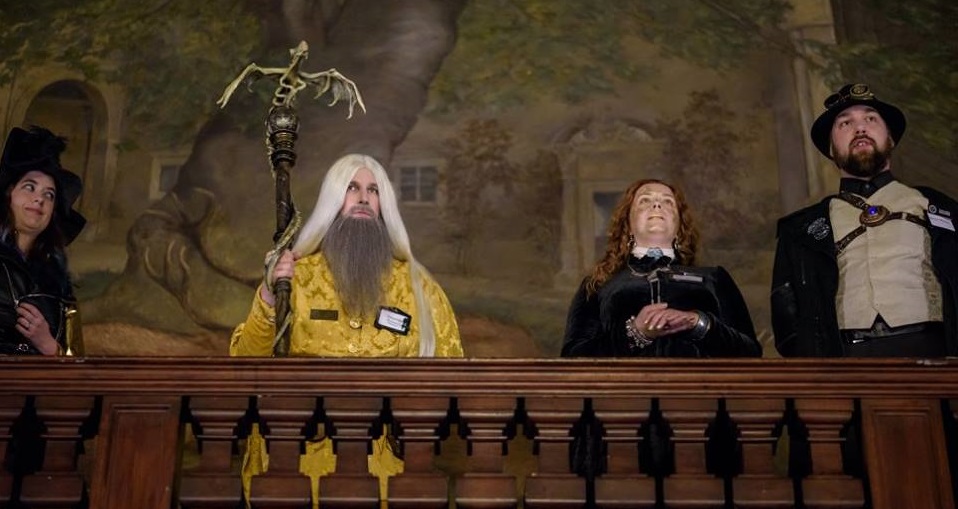
Tensions between Transmedia Fandom and Live-Action Role-Play
in
Larping in a franchise means players are familiar with the material. Yet fan practice may contradict larp’s flexibility. How to address these tensions?
-

The Blue Ribbon Collective
in
For Knutepunkt 2017, we held a workshop for people who wanted to avoid or limit their drinking, which included optional blue ribbon pins to signal sobriety.
-
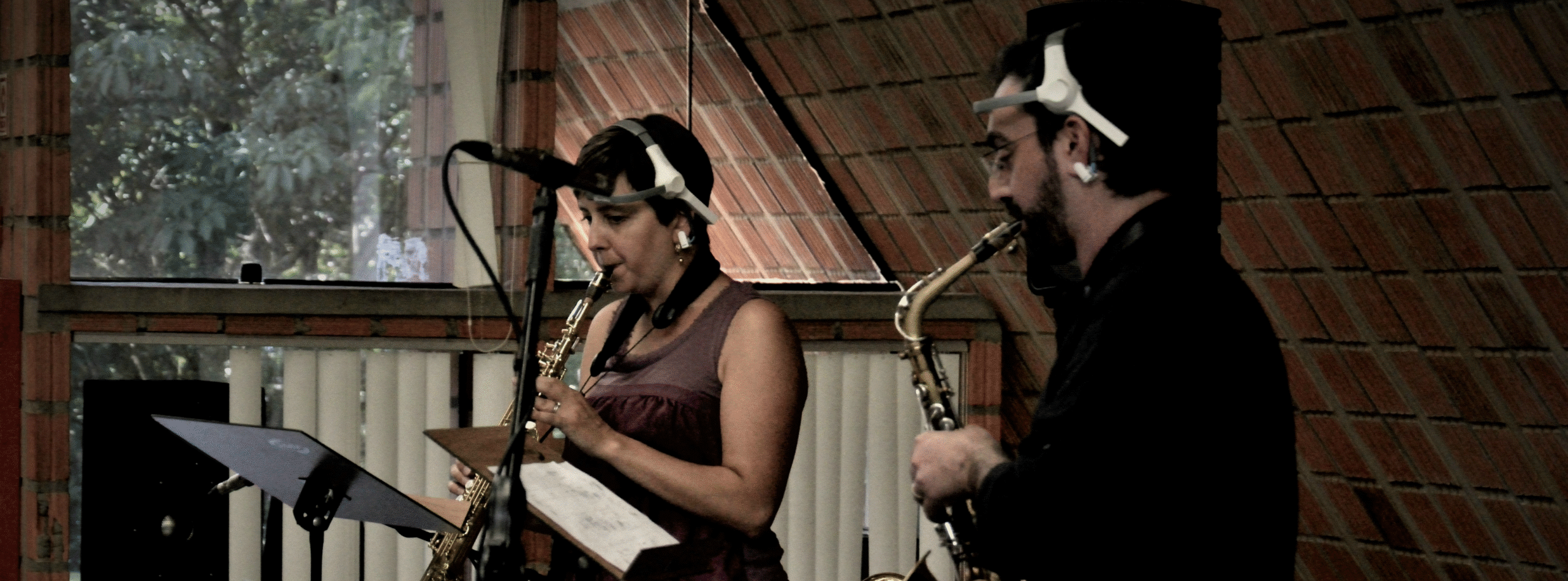
Three Roads (of Translation) Not Taken: Different Degrees of Openness of the Work (and of the Game)
in
Abstract From the Julio Plaza’s proposition that, based on the concept of open work of Umberto Eco, categorises the relationship author-work-reception in three degrees, and the division in cultural events in reception, interaction and participation, seen in the research of Kristoffer Haggren, Elge Larsson, Leo Nordwall and Gabriel Widing, this study plans to compare three
-

High on Larp: Alcohol at Larp Events
in
We conducted an online survey about experiences with and attitudes towards alcohol at larps and at larp-related events, receiving over 1000 responses.
-
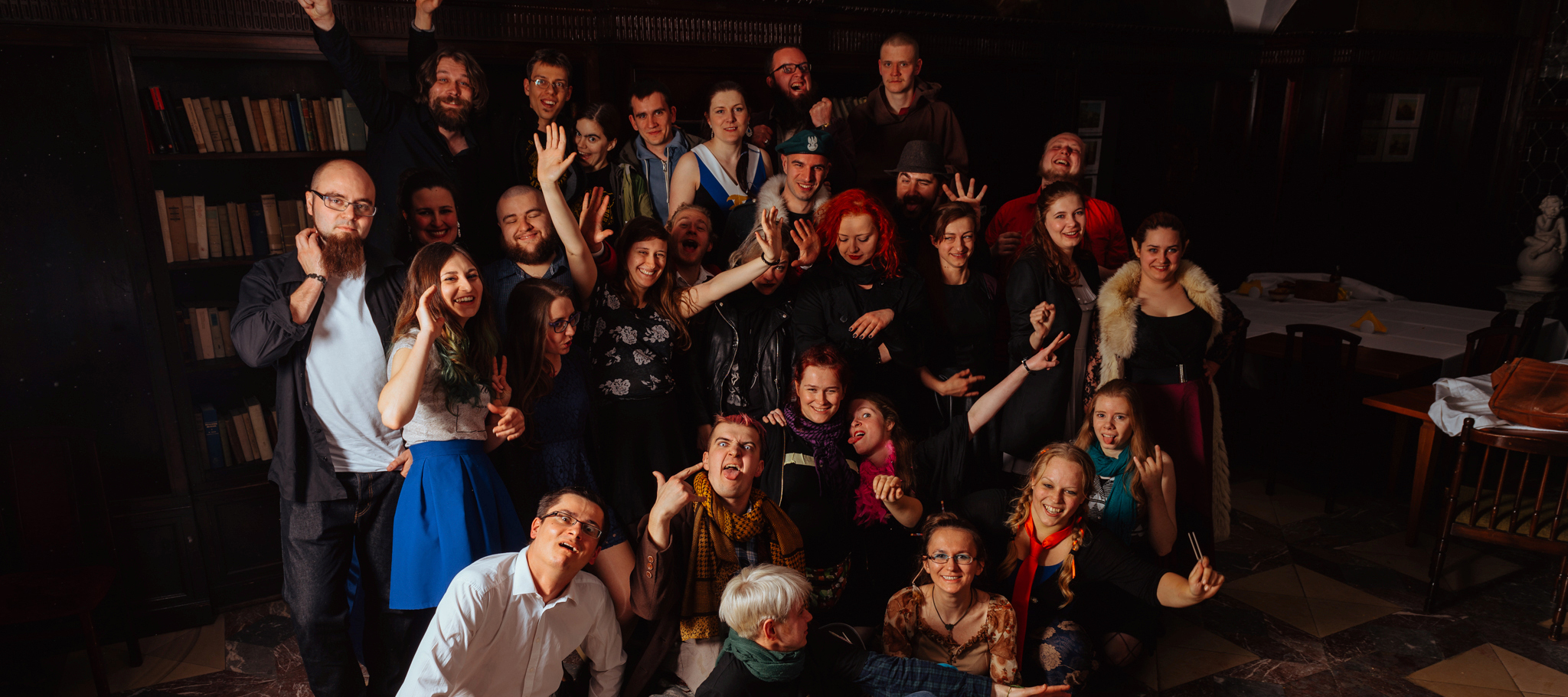
Keeping Volunteers Alive
in
Organising larps is a multi-disciplinary exercis. A large part of my larp work consists of managing large (25+) teams of people, most of them volunteers.
-
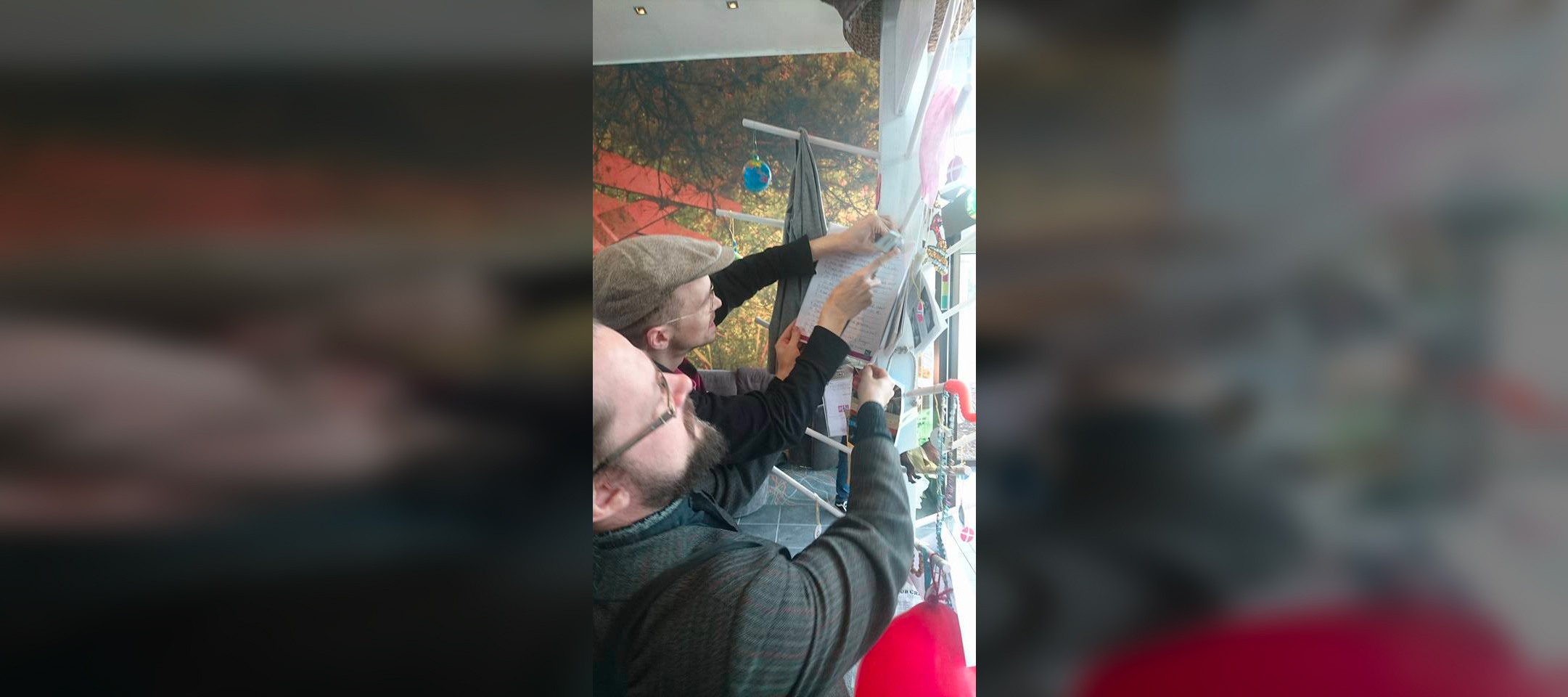
The Final Nordic Larp Manifesto: The 95 Theses of Larp
in
THE 95 THESES OF LARP, the final manifesto of Nordic Larp. A Nordic larp manifesto made at Knutepunkt 2017 by a coalition of larpers from around the world.
-
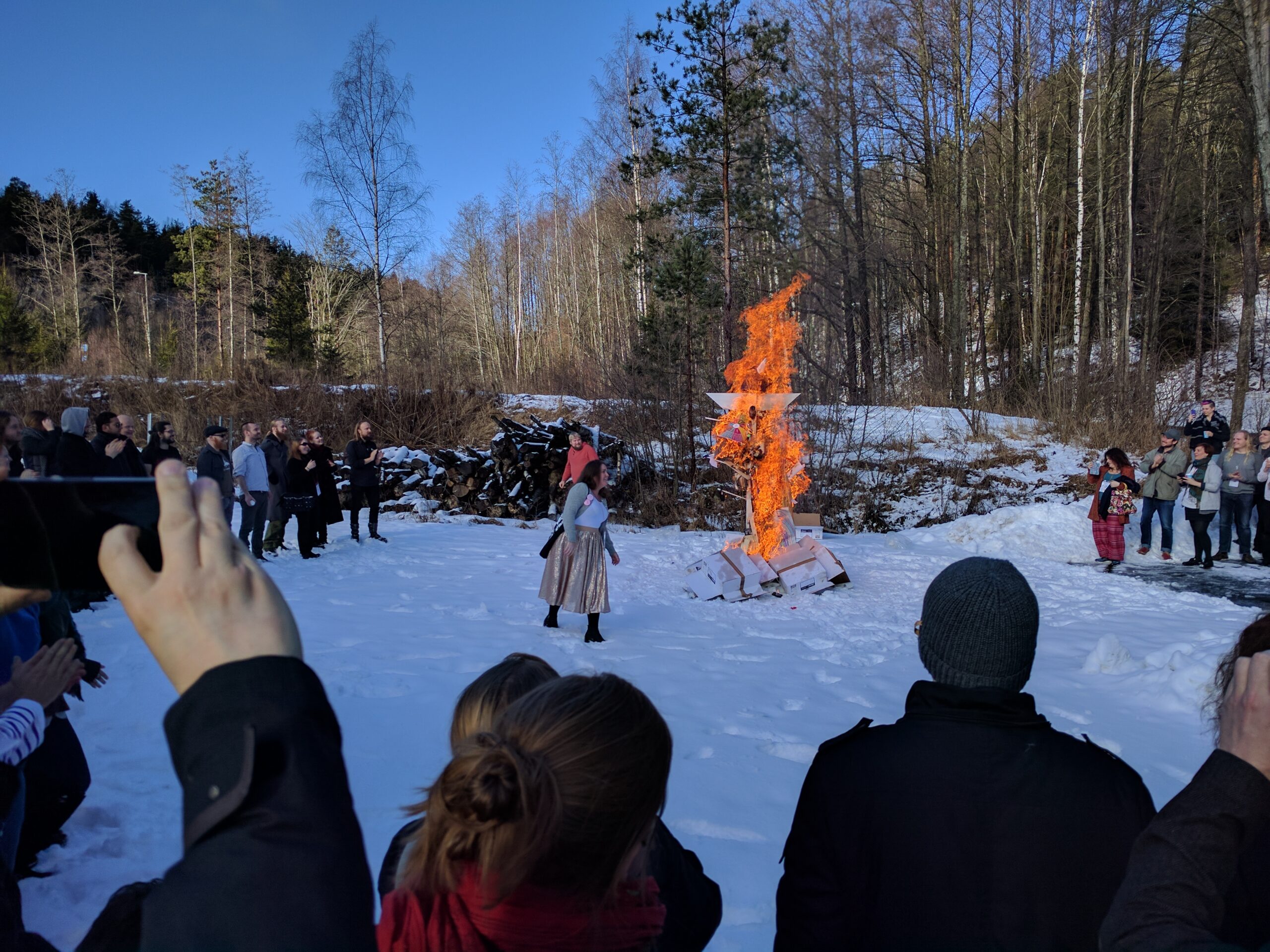
Knutepunkt 2017: Summary
A summary of documentation, media and reports from the Knutepunkt 2017 Nordic larp conference. Will be updated over time as more content is released.
-
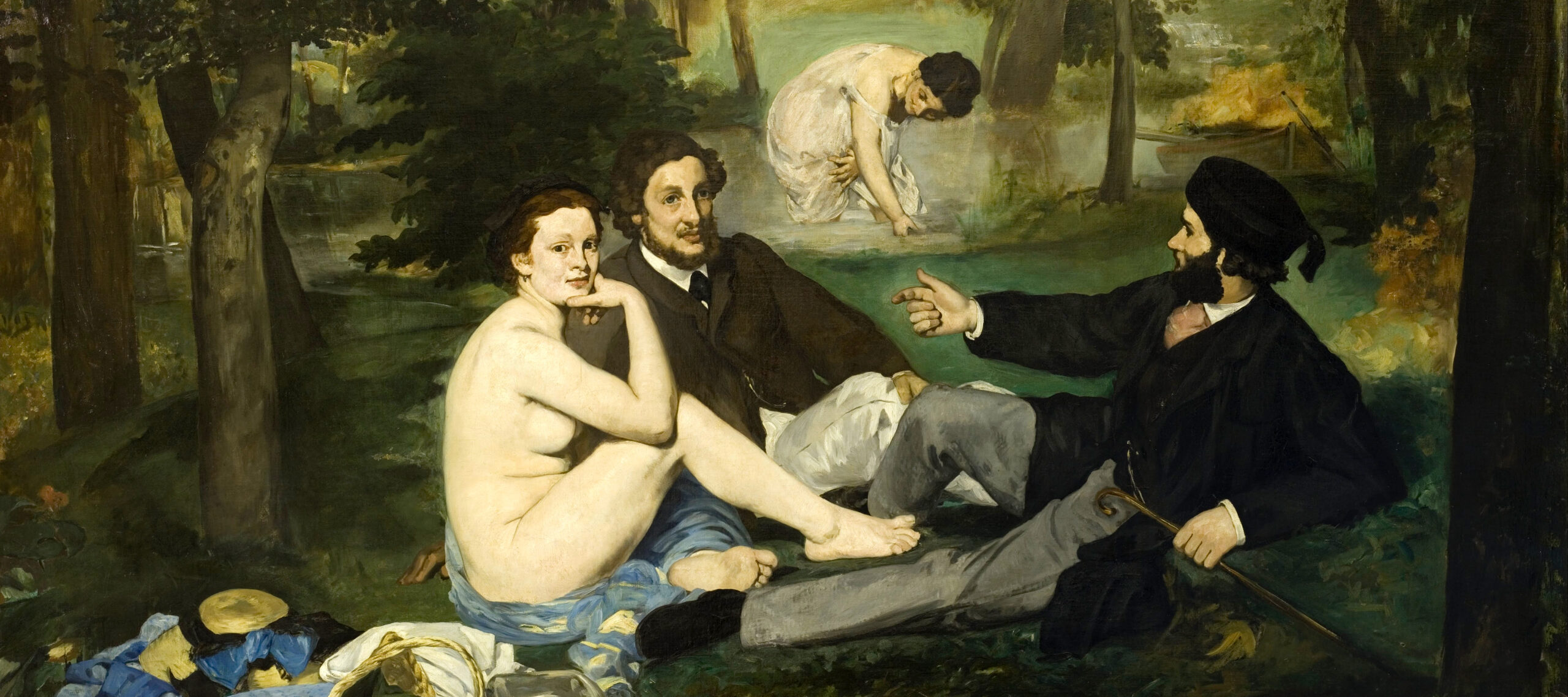
Ludo-narrative Dissonance and Harmony in Larps
in
Ludo-narrative dissonance seems like a pompous term but actually defines a simple concept that appears when gameplay and narration diverge or oppose.
-
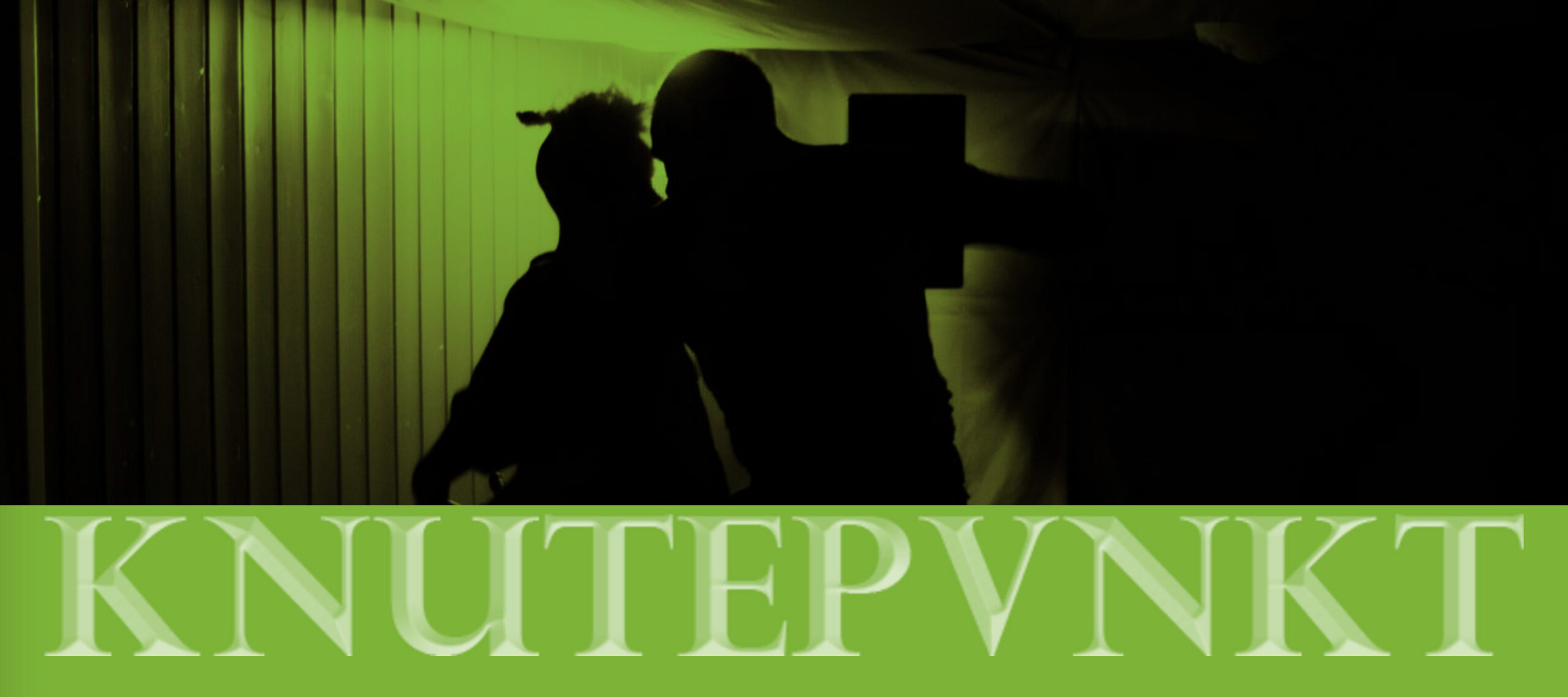
Nordiclarp.org at Knutepunkt 2017
in
Knutepunkt 2017 starts tonight with the opening ceremony at 17:00 CET. We will be on location to report as much as we can.